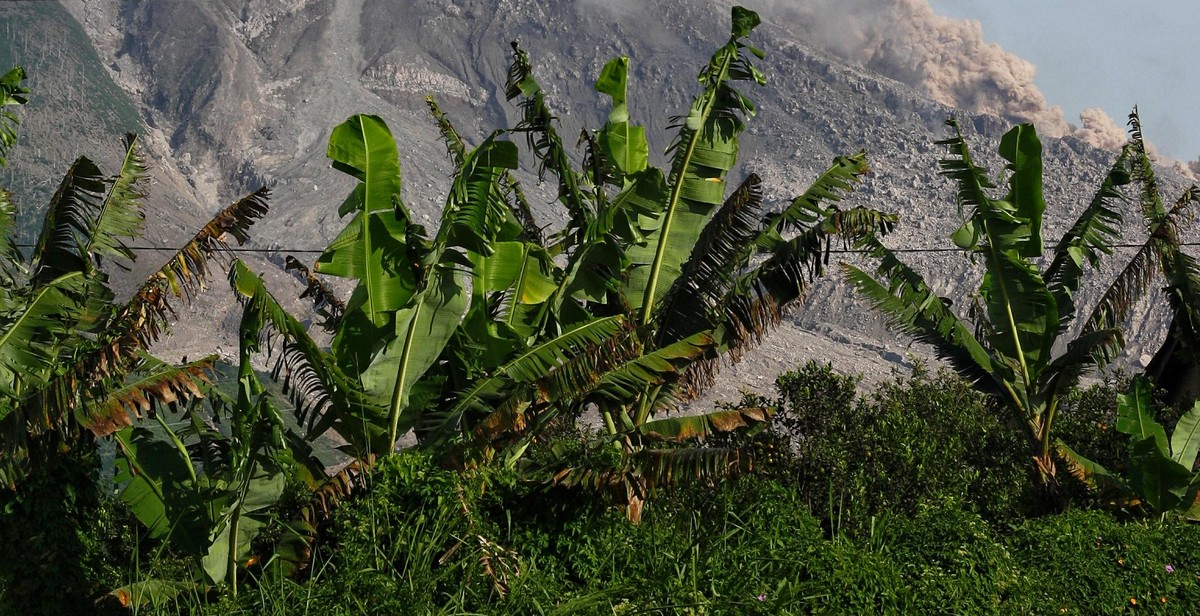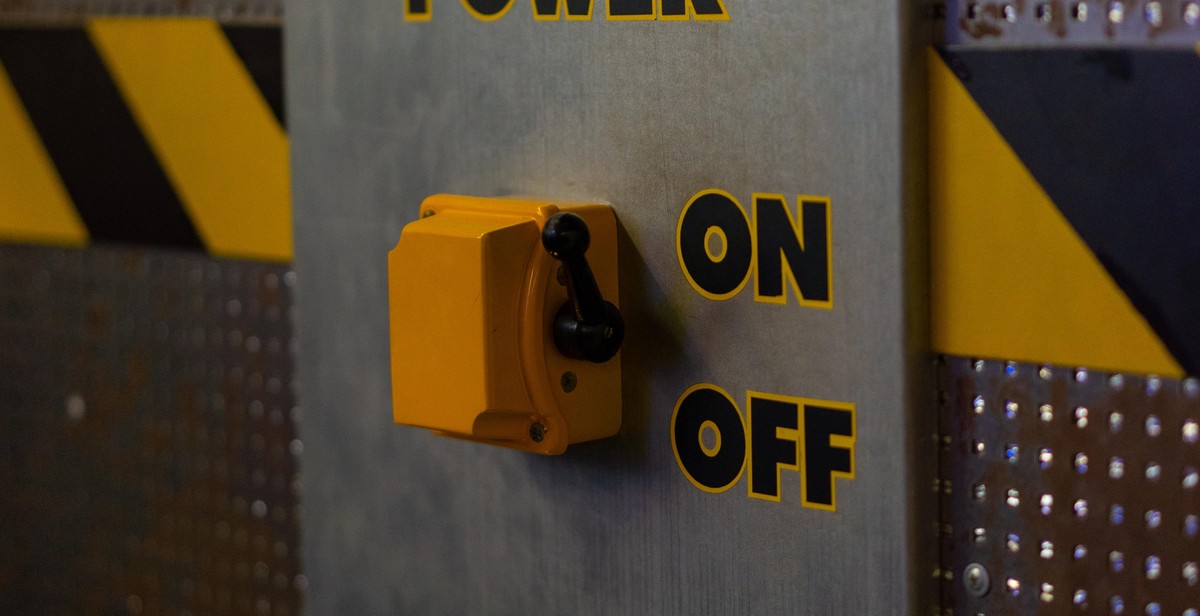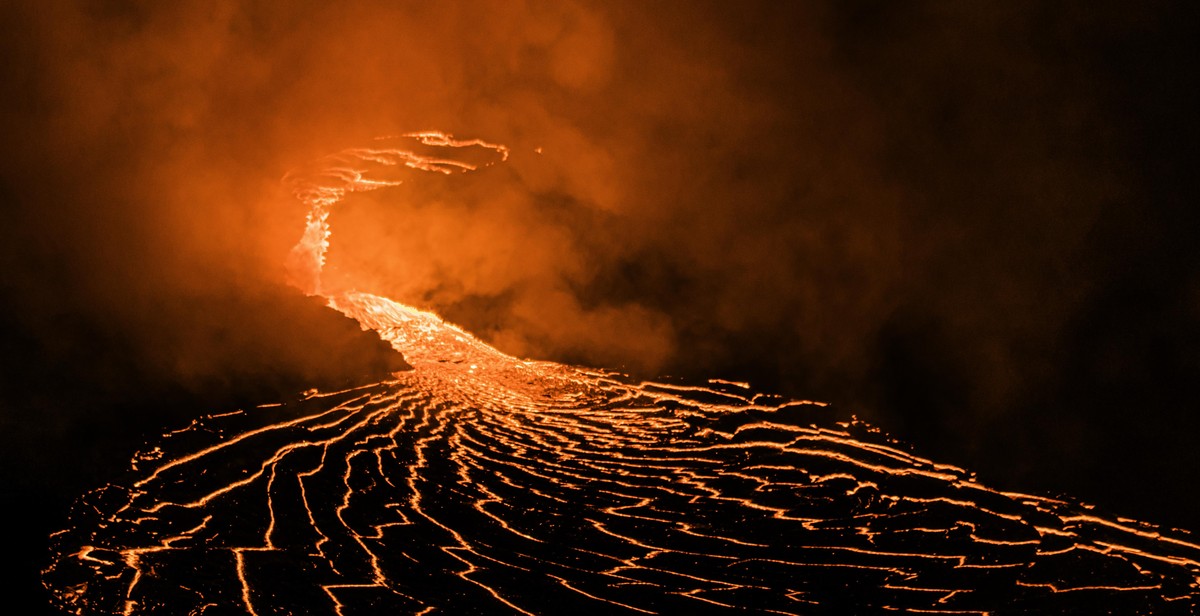How to Read Volcano Warning Signs: Identifying Indicators of Impending Volcanic Activity
Volcanoes are one of the most fascinating and dangerous natural phenomena on Earth. They can erupt suddenly and violently, causing widespread destruction and loss of life. Therefore, it is crucial to be able to identify the warning signs of an impending volcanic eruption.
Why is it important to read volcano warning signs?
Reading volcano warning signs can help save lives and property. When a volcano shows signs of activity, scientists can issue warnings and evacuate people living in nearby areas. By understanding the different indicators of volcanic activity, we can prepare ourselves for the worst and take necessary precautions.
What are the different types of volcano warning signs?
There are several types of warning signs that indicate an impending volcanic eruption. These include:
- Seismic activity
- Gas emissions
- Changes in ground deformation
- Changes in volcanic activity
Each of these warning signs is discussed in detail in this article, along with tips on how to read them and what to do in case of an eruption.

Understanding Volcanoes and Their Activity
Volcanoes are fascinating geological formations that have intrigued humans for centuries. These natural wonders are essentially openings in the Earth’s surface that allow magma, ash, and gas to escape from the planet’s interior. This process is known as volcanic activity, and it can take many different forms depending on the type of volcano in question.
Volcano Basics
There are several key components to a volcano, including the magma chamber, the vent, and the crater. The magma chamber is the reservoir of molten rock beneath the Earth’s surface that feeds the volcano. The vent is the opening through which volcanic material is ejected, and the crater is the depression at the top of the volcano that surrounds the vent.
Volcanic activity can take many different forms, from relatively mild eruptions that produce lava flows to explosive eruptions that send ash and debris high into the atmosphere. Some volcanoes are active all the time, while others may only erupt once every few hundred or thousand years.
Types of Volcanoes
There are three main types of volcanoes: shield volcanoes, stratovolcanoes, and cinder cones. Shield volcanoes are broad, gently sloping mountains that are formed by lava flows. Stratovolcanoes are tall, steep-sided mountains that are formed by explosive eruptions of ash and lava. Cinder cones are small, cone-shaped volcanoes that are formed by explosive eruptions of gas and ash.
In addition to these three main types, there are also several other types of volcanoes, including calderas, submarine volcanoes, and supervolcanoes. Calderas are large, basin-shaped depressions that form when a volcano collapses into its magma chamber. Submarine volcanoes are volcanoes that are located under the ocean, and supervolcanoes are volcanoes that are capable of producing eruptions that are thousands of times more powerful than typical volcanic eruptions.
| Type of Volcano | Description |
|---|---|
| Shield Volcano | Broad, gently sloping mountains formed by lava flows |
| Stratovolcano | Tall, steep-sided mountains formed by explosive eruptions of ash and lava |
| Cinder Cone | Small, cone-shaped volcanoes formed by explosive eruptions of gas and ash |
Understanding the basics of volcanoes and their activity is essential for identifying warning signs of impending volcanic activity. By knowing what to look for, you can help keep yourself and others safe in the event of a volcanic eruption.

Volcano Warning Systems
Volcano warning systems are crucial in preventing fatalities and minimizing damage caused by volcanic eruptions. These systems are designed to detect and monitor any signs of volcanic activity, allowing scientists to issue warnings and evacuation orders to people living in the affected areas.
How Volcano Warning Systems Work
Volcano warning systems use a combination of instruments and techniques to monitor volcanic activity. Some of the most common tools used in these systems include seismometers, GPS receivers, and gas sensors. Seismometers are used to detect seismic waves generated by volcanic activity, while GPS receivers are used to measure ground deformation caused by magma movement. Gas sensors are used to detect the release of gases such as sulfur dioxide, which can indicate an imminent eruption.
Once data is collected, it is analyzed by volcanologists and other scientists who specialize in monitoring volcanic activity. If there are any signs of impending volcanic activity, a warning is issued to the public via various channels such as television, radio, and social media. Evacuation orders are also issued to people living in the affected areas.
Types of Volcano Warning Systems
There are several types of volcano warning systems used by scientists and emergency management officials. Some of the most common types include:
- Volcano observatories: These are institutions that specialize in monitoring volcanic activity and issuing warnings to the public. They are usually run by government agencies and have a team of volcanologists and other scientists who analyze data collected from monitoring instruments.
- Early warning systems: These are systems designed to provide early warning of an impending volcanic eruption. They are usually based on data collected from seismometers, GPS receivers, and other monitoring instruments.
Overall, volcano warning systems are essential in preventing loss of life and minimizing damage caused by volcanic eruptions. By detecting and monitoring signs of volcanic activity, scientists can issue timely warnings and evacuation orders to people living in the affected areas.

Volcano Warning Signs
Volcanic activity can be unpredictable and dangerous, but there are warning signs that can help you identify when a volcano is about to erupt. These signs can be classified into three categories: visible signs, seismic signs, and gas emissions.
Visible Signs of Volcanic Activity
One of the most obvious signs of volcanic activity is the appearance of a volcanic cone or crater. This can be accompanied by the release of steam, ash, or lava from the volcano. Other visible signs include:
- Cracks or fissures in the ground near the volcano
- Changes in the shape or size of the volcano
- Increased activity of fumaroles (vents that release steam and gas)
- Changes in the color of the volcano due to the presence of minerals or gases
Seismic Signs of Volcanic Activity
Volcanic activity can also be detected through seismic signals. These signals are generated by the movement of magma and can be measured by seismometers. Some seismic signs that may indicate impending volcanic activity include:
- Increased frequency or intensity of earthquakes near the volcano
- Changes in the type of seismic activity (e.g. from small earthquakes to harmonic tremors)
- Long-period earthquakes, which can indicate the movement of magma beneath the surface
Gas Emissions as a Sign of Volcanic Activity
Volcanic activity can also be detected through the release of gases from the volcano. These gases can include water vapor, carbon dioxide, sulfur dioxide, and other gases. Some gas emissions that may indicate impending volcanic activity include:
- Increased emissions of sulfur dioxide or carbon dioxide
- Changes in the ratio of different gases being emitted
- The presence of unusual or toxic gases in the emissions
| Sign Type | Examples |
|---|---|
| Visible Signs | Volcanic cone or crater, steam, ash, lava, cracks or fissures, changes in shape or size, increased fumarole activity, changes in color |
| Seismic Signs | Increased earthquakes, changes in seismic activity type, long-period earthquakes |
| Gas Emissions | Increased emissions of sulfur dioxide or carbon dioxide, changes in gas ratios, presence of unusual or toxic gases |

Preparing for a Volcanic Eruption
Volcanic eruptions can be sudden and unpredictable, which is why it’s important to prepare ahead of time to protect yourself and your family. Here are some steps you can take to prepare for a volcanic eruption:
Creating an Emergency Plan
Creating an emergency plan is crucial in the event of a volcanic eruption. Your plan should include:
- An evacuation plan: Identify safe evacuation routes and make sure everyone in your household knows how to get to a safe location.
- A communication plan: Choose a family member or friend who lives outside of the affected area to be your point of contact. Make sure everyone in your household has their contact information and knows how to get in touch with them.
- A shelter plan: Identify a safe location to take shelter in the event of an eruption. This could be a designated evacuation center or a location outside of the affected area.
Gathering Emergency Supplies
It’s important to have emergency supplies on hand in case of a volcanic eruption. Here are some items you should consider including in your emergency kit:
| Food and Water | Tools and Supplies | Personal Items |
|---|---|---|
| Non-perishable food (canned goods, dried fruit, etc.) | Flashlight and extra batteries | Prescription medications |
| Bottled water or water purification tablets | Multi-tool or knife | Hygiene items (toilet paper, hand sanitizer, etc.) |
| Pet food and water (if applicable) | Rope or cord | Clothing and blankets |
| Baby formula and diapers (if applicable) | Duct tape | Cash and important documents (birth certificates, passports, etc.) |
By creating an emergency plan and gathering emergency supplies, you can help protect yourself and your family in the event of a volcanic eruption.

Conclusion
Volcanic activity can be both fascinating and dangerous. Knowing how to read volcano warning signs is crucial in ensuring the safety of yourself and those around you. By observing changes in the volcano’s behavior and surrounding environment, you can identify indicators of impending volcanic activity and take necessary precautions.
Some of the most common warning signs of volcanic activity include increased seismic activity, changes in gas emissions, and ground deformation. It’s important to stay informed about the volcano’s current state and monitor updates from local authorities and experts.
Remember, volcanic activity can be unpredictable and dangerous. If you live near an active volcano or plan to visit one, always follow safety guidelines and evacuation orders. Don’t underestimate the power of nature and always prioritize your safety.
By understanding how to read volcano warning signs and taking necessary precautions, you can safely appreciate the awe-inspiring beauty of these natural wonders.
Key Takeaways
- Volcanic activity can be both fascinating and dangerous.
- Observing changes in the volcano’s behavior and surrounding environment can help identify indicators of impending volcanic activity.
- Increased seismic activity, changes in gas emissions, and ground deformation are some of the most common warning signs of volcanic activity.
- Stay informed about the volcano’s current state and monitor updates from local authorities and experts.
- Always follow safety guidelines and evacuation orders if you live near an active volcano or plan to visit one.
| Pros | Cons |
|---|---|
| Knowing how to read volcano warning signs can help ensure safety. | Volcanic activity can be unpredictable and dangerous. |
| Increased seismic activity, changes in gas emissions, and ground deformation are common warning signs of impending volcanic activity. | It’s important to stay informed and follow safety guidelines to prevent harm. |
| Understanding how to read volcano warning signs can enhance appreciation for these natural wonders. | There is always a risk associated with living near or visiting an active volcano. |
